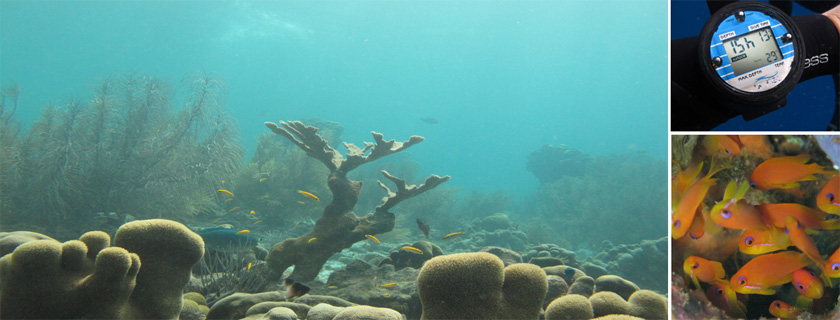Major coral bleaching event in 2015-1026
For the first time in History, scientists were able to predict a coral bleaching event, according to a publication on globalcoralbleaching.org – partner to the University of Queensland, Australia.
Coral bleaching is a sudden event of coral reefs death that is easily detected by their bleaching, In fact corals don’t lose their colour, but they seem to turn white because the only part that is left after they die is their skeletons.
The first major coral bleaching event happened, ironically, in the International Year of the Oceans (in 1998). This event led to the death of 16% of the corals on reefs around the world. The cause for this mysterious and unexpected event was discovered later: a huge underwater heat wave triggered by the El Niño of that year.
The second major coral bleaching event was triggered by the El Niño of 2010.
NOAA (National Oceanic & Atmospheric Administration) of the USA is now predicting a bigger El Niño in 2015-2016, that is expected to trigger another coral bleaching event, this time bigger than the ones before. Scientists think it might affect 38% of the world coral reefs and kill 12,000km2 of this ecosystem that is vital to the oceans and that only occurs in tropical waters (between 30ºN and 30ºS). In fact, coral reefs are the most productive and diverse ecosystems of the world: covering only 0.1% of the world’s ocean floor, they help support approximately 25% of all marine species, and provide livelihoods to 500 million people.
Climatic changes are now part of the daily news and they are also part of Nemus every day work, since they are inevitably considered in all the studies that Nemus engages. Some examples of Nemus’ projects involving climate changes can be seen in the key domain Sustainability that includes assignments related to: climate change, sustainable development, renewable energies and natural resources.

